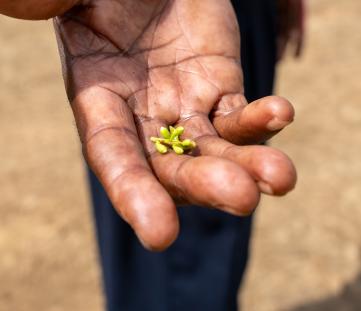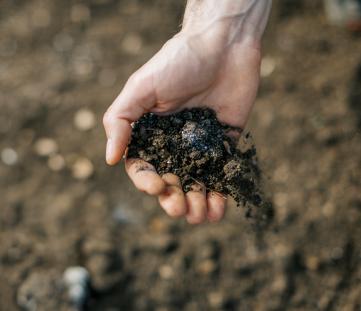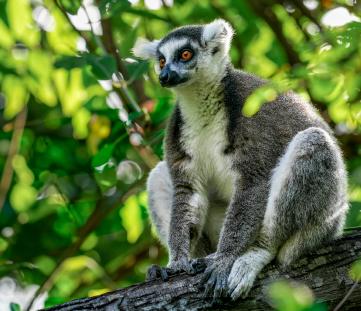ID: MWL-PXJ
ID: MWL-PXJ
Beech
Fagus sylvatica
Photo
Italy
09:15 - -8°C
My connections
My ID card
Who am I?
Date of birth
08/08/2019
Name
Beech
Tree
Beech
Where am I located?
Country
Italy
Place of birth
Asiago
Coordinates
45° 54′ 43.96″ N
11° 29′ 13.49″ E
/11.48708166,45.91221079,0/500x333@2x?access_token=pk.eyJ1IjoidG9tbWFzb3NwZXJvbmkiLCJhIjoiY2tnOTE3eW12MDJqazMybXNzOWV1YjloOSJ9.wtGsuDU7XIKjcv2cq8CiXw&logo=false&attribution=false)
My Timeline
The important moments in your tree's life.
Seed
It all starts with a tiny seed, nice and warm in the soil.
Nursery
Your seedling is big enough to be welcomed into one of our nurseries, along with many others.
Planted
We’re here! Your tree has reached its new home: it’s been planted by a smallholder, who’ll take care of it for years to come.
Photo
Strike a pose! Now that it’s big enough, here’s a photo of your tree!
My Gallery
Nursery

Planted
/11.48708166,45.91221079,0/500x333@2x?access_token=pk.eyJ1IjoidG9tbWFzb3NwZXJvbmkiLCJhIjoiY2tnOTE3eW12MDJqazMybXNzOWV1YjloOSJ9.wtGsuDU7XIKjcv2cq8CiXw&logo=false&attribution=false)
11° 29′ 13.49″ E
Photo

Curiosity about me
The important moments in your tree's life.
Let's start with introductions
The Beech tree can be found in many forests in Europe and typically on the Alps and Apennines. It can reach 40 meters in height, with an average trunk diameter of 80-100 cm. It can live up to 300 years, even if recently some have been identified in Italy estimated to be around 500 years old.
Meaning
Security
The Beech is able to withstand intense frost, has a slow growth and a strong and firm root system. Features that make it a real security!

How much CO2 I’ll absorb
My estimated CO2 absorption capacity is based on the first 10 years of my life*
Current absorption
- 150 kg
2019
0 kg
2029
-300 kg
* The tree will continue to absorb CO2 even after the tenth year. Therefore this is a prudent estimate.
How I am useful to local communities

Medicine
Its leaves, roots, bark and/or fruits are used in traditional medicine.

Soil
It improves the quality of the soil thanks to the nitrogen fixation process or it reduces soil erosion, thanks to its extended root system.

Biodiversity
It helps restocking various animal species, thus helping the variety of fauna and flora overall.
My benefits
20%
Food Security
The trees will bear fruits, some that will be edible immediately and others that can become edible through processing, ensuring food resources over time.
20%
Economic development
The trees' fruits and the products derived from their transformation can be traded in local networks, offering income opportunities.
40%
CO₂ Absorption
During its life cycle, each tree will offset CO₂. The trees that you plant can offset your emissions.
40%
Environmental protection
The trees are planted in agroforestry systems that favor the virtuous interaction between the different species and their positive impact on the environment and on the land.